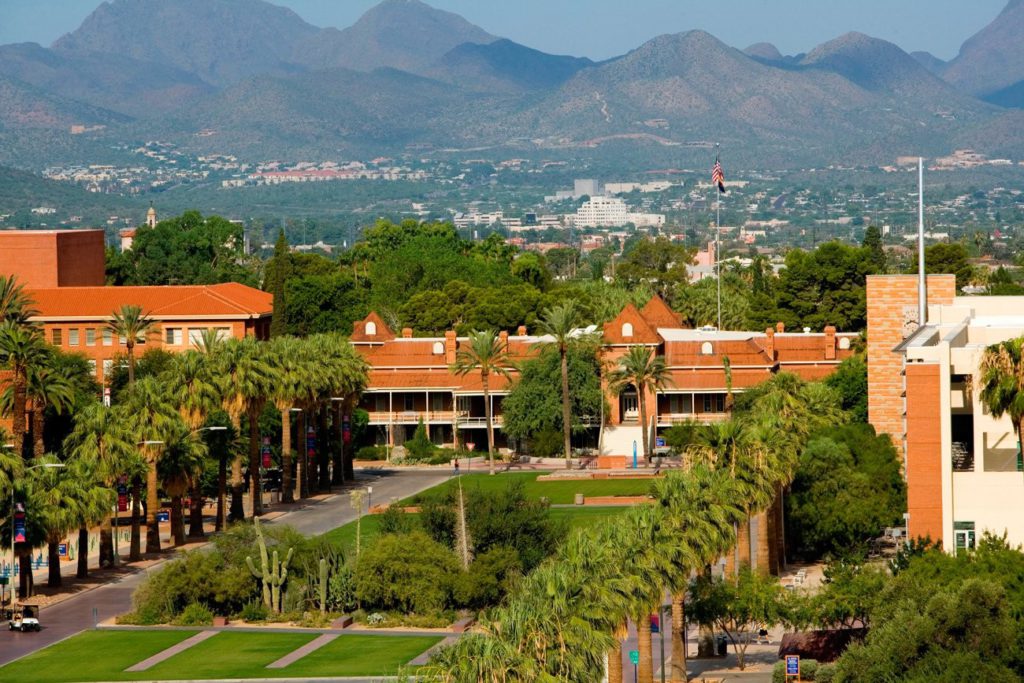
Even amidst the chaos and slowdowns of the pandemic, the University of Arizona saw an increase in innovation.
Here’s a recent example: engineering researchers at UArizona are creating new tools for optogenetics, which shines light at specific neurons in the brain to excite or suppress activity. Optogenetics experiments help to understand how the brain works, which allows scientists to develop and test potential cures for illnesses, like neurodegenerative diseases.
The team collaborated with researchers at Northwestern to demonstrate a less invasive technique to enable optogenetics in the brain: an untethered light delivery tool.
Currently, optogenetics experiments are done in animals and involve introducing a light-sensitive protein that attaches to specific neurons in the brain to induce optogenetics.
Now, the team’s transcranial optogenetic device can send light through the skull, rather than the current device used in animals that has to physically penetrate the blood-brain barrier.
“This is significant because when optogenetics become available for humans, we have technology that enables seamless light delivery to neurons in the brain or spine,” said Philipp Gutruf, a biomedical engineering professor. “This means we have a precursor technology that could someday help manage conditions like epilepsy or chronic pain without invasive surgery and chronic use of drugs.”
Gutruf added this development is important in many areas, and could even enable drug-free pain therapies that could end the opioid epidemic.
The university’s success
From last July through the end of June, Tech Launch Arizona (TLA), the commercialization arm of UArizona, has grown in the area of university inventions. TLA received 274 invention disclosures during the period. That’s 11 more disclosures than the previous year.
TLA also executed more licenses and options for university inventions, filed more patents and saw more patents issued than the previous year.
The university also launched 17 startups, which created jobs and economic impact.
Doug Hockstad, assistant vice president of TLA, said he’s proud of the growth the university has seen, and that TLA is “particularly happy to see the increase in invention disclosures, a clear indicator that our work to increase engagement among faculty, researchers and staff is bearing results.”
UArizona President Robert C. Robbins said the university’s efforts in commercialization are a huge part of its land-grant mission.
“As a land-grant institution, we are tasked with bringing university expertise and discoveries to the public in ways that benefit people’s lives,” Robbins said. “The past year has again demonstrated the critical importance of this part of our mission, and engaging our faculty and researchers in these efforts is the starting point for our success.”
